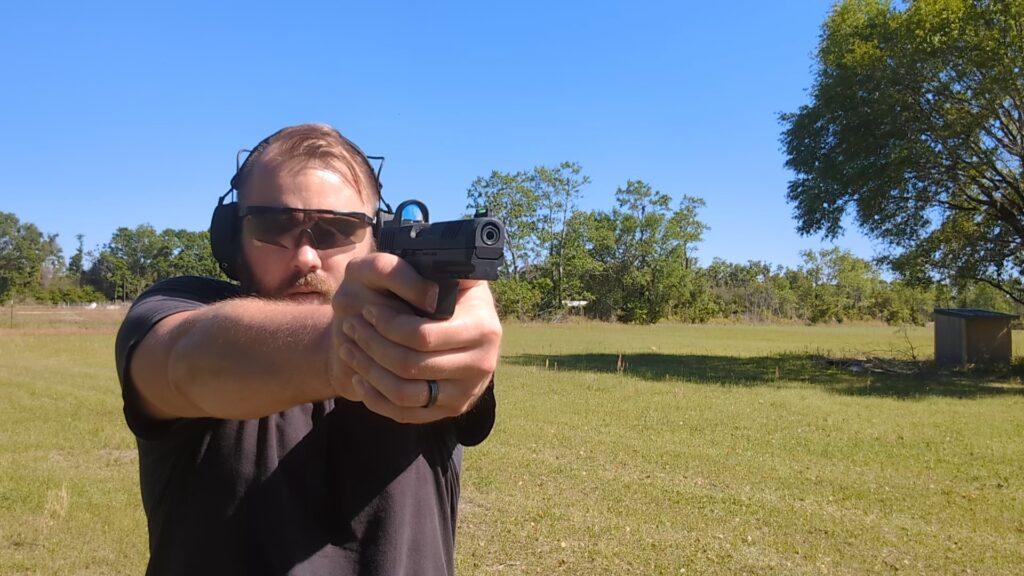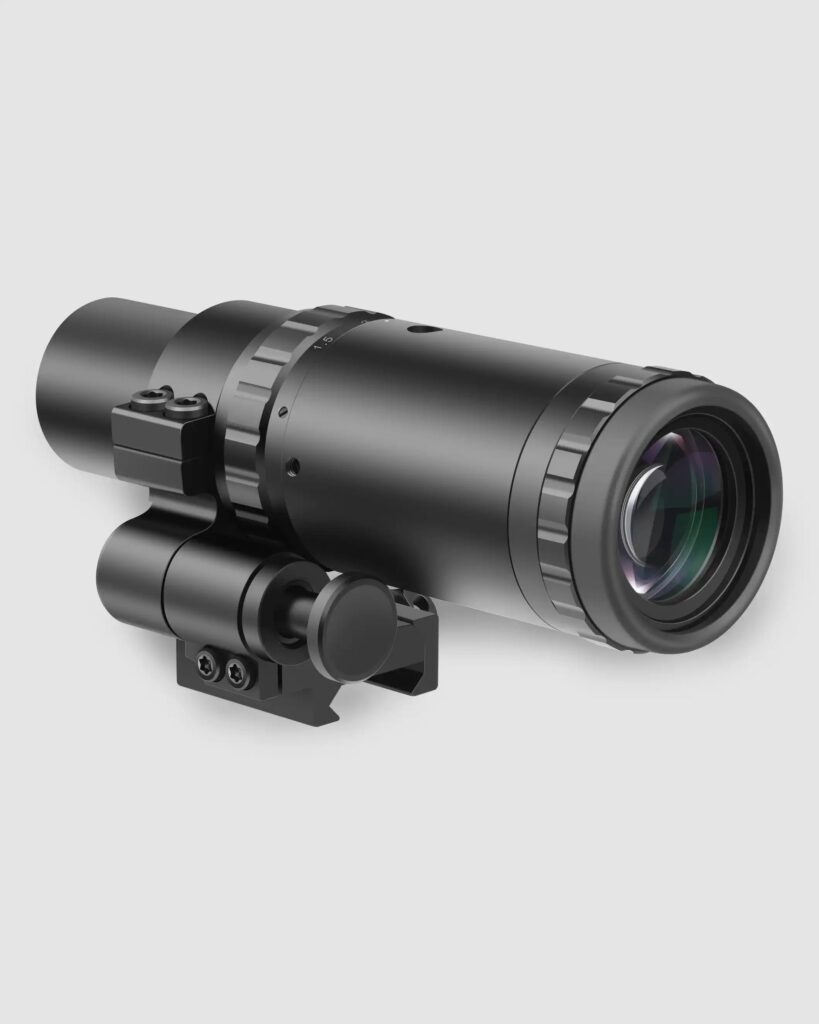I want to dissect some recent advice I came across that affects defensive firearm training.
The long and short of it was you, as a Concealed Carrier, do not need to practice doing reloads during your training and practical skills maintenance because you will “never” do one for real. This triggered a recall on the number of times I’ve seen, heard, and even given out advice about the odds of a particular occurrence during a defensive gun use. What I’ve seen recently though and what is concerning to me as an instructor and CPL holder is teaching people to frame their training against the odds instead of framing it to improve our levels of practical skills.
So lets ask ourselves a question.
Advertisement — Continue Reading Below
What is the goal of defensive training?
Not the basic CCW/Concealed Carry class which cover your legal requirements to comply with the law, but further in depth defensive firearm training and techniques. What is that goal?
My goal is to push my failure point. Good defensive firearm training pushes your failure points to higher levels of base performance. They don’t center around what is most likely to happen in a “typical” Defensive Gun Use they focus on greater efficiency of base manipulation skills so they become easier to use under stress and you can problem solve better and more quickly.
If we data mine the typical stats of a defensive gun uses we find the encounter will be sudden, close, and over in seconds. I’ve heard “The Rule of 3’s” 3 Shots at 3 yards/meters in 3 seconds to encapsulate the idea of a “typical DGU”. This model is pulled from national crime stats across the nation. But while analyzing the averages we have to remember that nobody is average, no individual DGU is going to fit all the averages as a unique event it will be a mix of close and outlying data. In fact if we start trying to dig into average distances for police or civilian defensive encounters the data is elusive to non-existent beyond the anecdotal level. We’re left to develop our ideas off of security camera footage showing “bad breathe” distance robberies to the recent story out of Texas of a deputy ending a shoot out with a nearly 100 yard shot, one handed, while holding a horse… of course it’s Texas… but still. Another story you can dig up has a civilian aiding police with a nearly 200 yard shot… The stories are endless and varied.
Advertisement — Continue Reading Below
So with that wide disparity of data on incidents we can’t define with any certainty what your target DGU training scenario should be based on distance, shooting style, scenario, etc. This is why police, the military, and civilian use of force/force on force training use a variety of reactive scenario training away from the firing line. This training is great, but it shapes your interactions not sharpens your shooting skills. All the UoF scenarios in the world won’t help you in a live fire situation that is out of your trained capabilities. In other words you may be clear on whether or not you should be shooting but haven’t developed the skills to make the shot, you have a skills disparity weighted toward the decision making aspect at the expense of the skill performance aspect.
So what should your training goals be? How do you become a more effective shooter under stress, under duress, with an ultimately unknowable scenario being the setting, and the cost of failure at that point being your life?
Actually it’s fairly simple. You improve your skills from yesterday. You push your effective range and speed with focused drills and objective scoring. You practice all aspects of weapon manipulation to become faster and more efficient at those manipulations.
Advertisement — Continue Reading Below
Ignore the “typical DGU” because yours won’t be typical. Don’t train for typical.
Do you want to know how adjustable seats came about? Quick story time here, it has to do with averages.
The adjustable seat was invented for fighter pilots by doing a detailed survey of every pilot flying for the U.S. Military at that time to get the “average” seat that could fit everybody. What they got, at first, was a seat that fit nobody. Not a single pilot was average, the average person didn’t exist. So instead they made an adjustable seat that can encompass one end of the spectrum to the other of pilot physical dimensions.
Looking at DGU’s we see the same thing. Not one of them fits squarely into average. So since we aren’t average we must be adjustable and train for the widest range of probable occurrences. Am I advocating going out tomorrow and lock on a tactical repelling one handed shooting course? No. I did say probable. Train around your car, house, office, jogging trail, and any environment you frequent but most importantly train the basics that apply in ALL scenarios.
Advertisement — Continue Reading Below
Think about defensive training like athletic training. You wan’t to improve your overall averages for each skill, not get a good score or number once and then assume it is repeatable indefinitely on demand. I want my draws to be consistently faster, my shots to be accurate from further, and to be able to push both those categories to their exhaustion limits with either or both hands while pushing that exhaustion/failure point to further and faster minimums.
That’s all ladies and gentlemen. Don’t be typical. Your fight won’t.
Source Article from http://248shooter.com/index.php/defensive-firearm-training-dont-play-the-odds/
Advertisement — Continue Reading Below














